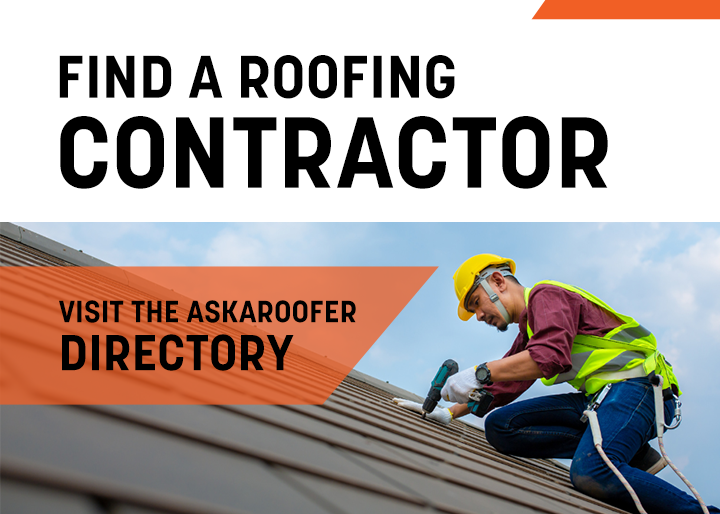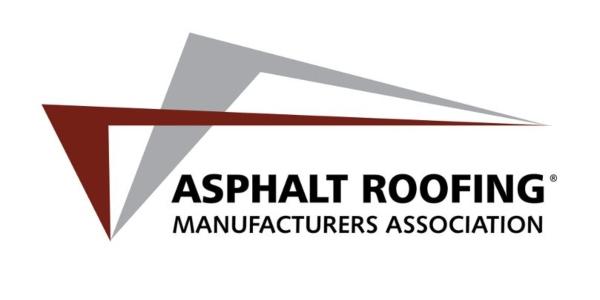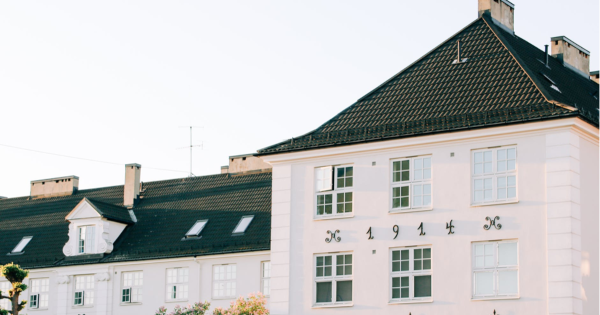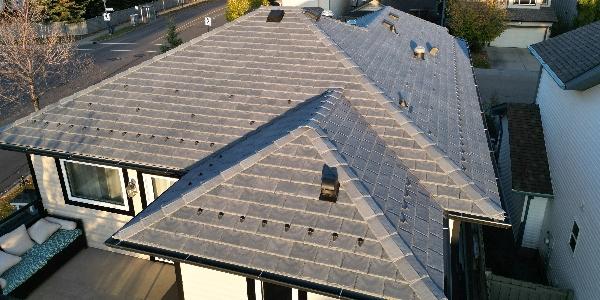What are the pros and cons of natural slate roof tiles?
September 30, 2025 at 6:00 a.m.By DaVinci Roofscapes.
Natural Slate looks great ... but is it the best option for your home?
You have to love the look of a real slate roof on a home. Who wouldn’t? Natural slate has a strong, authentic appearance. However, while there are definite pros to having slate roof tiles, there are also some major factors to consider.
Pros of a real slate tile roof
Owners of real slate roofs appreciate the fact that natural slate tiles last and last. In some areas of the country, a real slate roof will hold up for at least 100 years or more. That’s a big plus when you consider the abuse roofing takes from Mother Nature and all her storms.
Another advantage of a real slate roof is its natural resistance to fire. Unlike many other types of roofing materials on the market today, real slate can stand up to everything from wildfires to sparks from a burning barbeque. In addition to real slate being fire resistant, you’ll also find that same sought-after quality in composite slate roofing.
 Cons of a slate roof
Cons of a slate roof
Today’s real slate is different from the slate roofing that was mined 100 or more years ago. Back then, large, hefty pieces of real slate were quarried. In today’s marketplace, the probability is that you’ll find thinner real slate being mined. The result is that the slate tiles break and chip easier. In addition, this thinner slate doesn’t last as long on a roof as it did decades ago.
Here’s something else to consider. Real slate roofing is not for the faint of heart… or for weaker structures. Even the thinner real slate being mined today is still very heavy. Because of its weight, slate roofing should only be installed on a home with an extremely durable rafter system underneath.
Whether you’re building a new home or replacing an existing roof, consult with your contractor before considering a real slate roof. Discuss the pros and cons of slate roofs and the need for a reinforced roofing system. It’s all about determining if your home can handle the weight of real slate roof tiles.
Tips for installing slate roof tiles
- Tip 1: Walk gently. The heavy tile is actually very fragile. This means you also need to consider the long-term aspects of having a slate roof. There are limitations to workers being up on your roof to repair a chimney base, install a cable dish or even do general maintenance.
- Tip 2: If, at any point, a real slate tile is stepped on and broken, it can be tricky to find a replacement slate tile that matches the specific “lot” that it originally came from.
- Tip 3: Real slate roofs require skilled workers to install them. With asphalt shingles or composite slate, you can pound nails right through the roof tile with little concern. However, there are different talents required to install a real slate shingle. Carefully pre-drilling holes into the slate is the answer. Roofers skilled in slate roof installation — which you can find using the RoofersCoffeeShop.com directory — are the only ones who should tackle real slate installations, since slate roof tiles can crack or break during this process.
How long does a slate roof last?
Depending on where the slate was mined (such as Vermont, Pennsylvania or New York), true slate roofing can last a century or more on a structure. Along with the impressive appearance and durability of a real slate roof, when you have this beautiful material on your home, you’re taking a stand to support the environment.
Slate roof maintenance
Even though a real slate roof has a long lifespan, it doesn’t mean it’s maintenance-free. Slate tile roofs require routine maintenance to repair/replace broken or cracked shingles and keep away algae growth.
The National Park Service (a division of the U.S. Department of Interiors) offers a terrific overview on The Repair, Replacement and Maintenance of Historic Slate Roofs. Anyone considering investing in a real slate roof should take the time to thoroughly review this informative piece. The “Maintenance” section of this article includes several good tips, including having a professional roofer use a cherry picker to truly inspect your slate roofing every five to seven years to determine if there are any problem areas.
Research slate roof tile alternatives
 If you love the look of slate shingles but you’re worried about the cost and weight of a natural slate roof, consider a composite roofing option. There are several manufacturers in the marketplace that create faux slate shingles with the same natural appearance as real slate.
If you love the look of slate shingles but you’re worried about the cost and weight of a natural slate roof, consider a composite roofing option. There are several manufacturers in the marketplace that create faux slate shingles with the same natural appearance as real slate.
As you consider this option, look for three key things: the thickness, widths and colors of the synthetic shake roofing.
- Thickness: Seek out a composite slate that has the thickest possible profile. This will provide more authenticity to the slate roof appearance, more shadow lines and edges that look authentic from almost any viewing angle.
 Multiple widths: Just as no two pieces of natural slate shingles are the same, you should also look for synthetic slate that has a variety of widths. This creates a distinctive and varied pattern when installed, which is the appearance you normally get with natural slate roofing.
Multiple widths: Just as no two pieces of natural slate shingles are the same, you should also look for synthetic slate that has a variety of widths. This creates a distinctive and varied pattern when installed, which is the appearance you normally get with natural slate roofing.- Natural colors: Did you know that natural slate roofing actually comes in a variety of colors? In addition, the colors are generally named after the state where they’re found. The National Slate Association reports that slate roof tiles come in everything from Virginia Black to Vermont Purple.
If you’re considering a faux slate shingle, make sure the manufacturer has a wide variety of colors to work in seamlessly with the design of your home. Some companies can create specialty (or custom) colors to give you the specific color palette you desire for your home’s roof. Still others provide free online color visualizers. This way you can upload a photo of your home and “try on” different roofing colors to help you decide on the best color for your slate roof.
For an easy way to understand the differences between real slate roofing and synthetic slate roofing, check out this comparison chart with 14 at-a-glance key areas.
Why consider a slate roof alternative?
People who love the look of slate shingles, but back away due to their costs and weight, find realistic options with synthetic slate products. Why? Because some smart manufacturers have actually taken into consideration the pros and cons of slate roofing and improved on what Mother Nature offers.
 Here’s an example. Real slate roofs are not immune to the ravages of time, or hail. Tiny fissures make natural slate susceptible to damages caused by freeze and thaw cycles. Composite slate products don’t have these concerns. They defy the elements for decades to provide enduring quality and worry-free beauty on a roof.
Here’s an example. Real slate roofs are not immune to the ravages of time, or hail. Tiny fissures make natural slate susceptible to damages caused by freeze and thaw cycles. Composite slate products don’t have these concerns. They defy the elements for decades to provide enduring quality and worry-free beauty on a roof.
In addition, synthetic slate shingles shine when it comes to helping protect a home. At DaVinci Roofscapes, the company crafts its composite slate roof tiles to achieve a Class 4 Rating for impact resistance and a Class A Rating for fire resistance. These composite slate tiles also resist winds up to 180 mph, making them ideal for certain hurricane-prone areas.
Pros of composite slate roofing
As a bonus, many insurance companies offer yearly discounts to homeowners with synthetic slate roofing. That’s because the shingles that look like slate, but perform better than real slate shingles, can oftentimes stand up to the most severe types of weather conditions.
 Made of virgin resins, UV and thermal stabilizers, as well as a fire retardant, DaVinci synthetic slate tiles also resist cracking, splitting, fungus and algae growth, along with insects and termites. Backed by a Lifetime Limited Material Warranty, DaVinci slate tiles come in dozens of color options.
Made of virgin resins, UV and thermal stabilizers, as well as a fire retardant, DaVinci synthetic slate tiles also resist cracking, splitting, fungus and algae growth, along with insects and termites. Backed by a Lifetime Limited Material Warranty, DaVinci slate tiles come in dozens of color options.
What else can you do?
Check out this video of how DaVinci slate products are made! Also read what composite slate homeowners have to say about their roofs:
- Rob Fanjoy, a Maine homeowner: “It’s the cycle of harsh weather that tests this faux slate roof. First there’s snow. Then there’s rain and ice. Then melting. Then immediately more snow. That’s a great amount of freeze-thaw cycling going on. There was one winter we had five feet of snow. However, this roof just takes it and asks for more! This was one of the smartest investments we made after purchasing our home. The DaVinci roof easily handles all our winter weather, plus the high winds we occasionally get in this rural area. We’re grateful for the authentic look of the roof plus its incredible durability.”
- Alex Zausner, a homeowner from Pennsylvania: “USAA® has a ‘superior materials’ reduction that we qualify for because of both our DaVinci roof and my underfloor heating system. By making smart investments upfront two decades ago, we’re saving year-after-year in many ways!”
- Robin Vivian from Hawai'i: “We needed an aesthetically appealing roof that would stand up to Mother Nature. We followed the recommendation of someone who knew about DaVinci Roofscapes slate and we’ve been exceptionally pleased with the results. We’ve never had to worry about the roof and it looks as good today as when it was installed a decade ago.”
- Chuck Musgrave, an Oklahoma homeowner: “Oklahoma is ‘Storm Central,’ but we really don’t pay as much attention as we used to because we don’t worry about our roof. I never get concerned when the weather forecast calls for hail. Our DaVinci composite slate roof has proven itself over and over again.”
- Paul Wang of Texas: “We previously had asphalt shingles. They were about 22 years old. Between the hail and the wind we knew it was time for a new roof. The DaVinci slate roof we have now looks beautiful. The Castle Gray color adds to our home’s overall appearance. Most importantly, we now feel protected from bad weather.”
Learn more about DaVinci Roofscapes in their Coffee Shop Directory or visit www.davinciroofscapes.com.














Comments
Leave a Reply
Have an account? Login to leave a comment!
Sign In